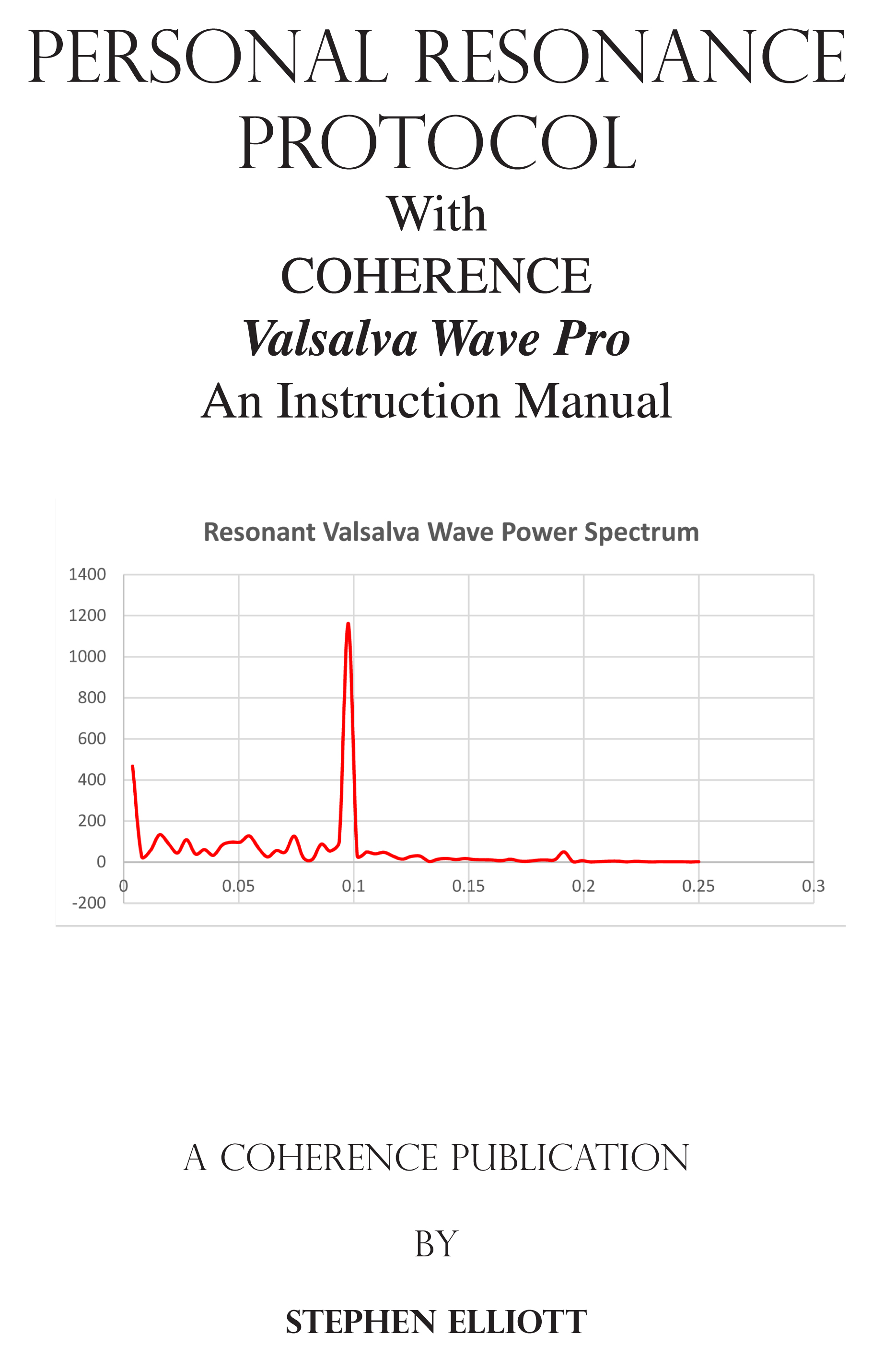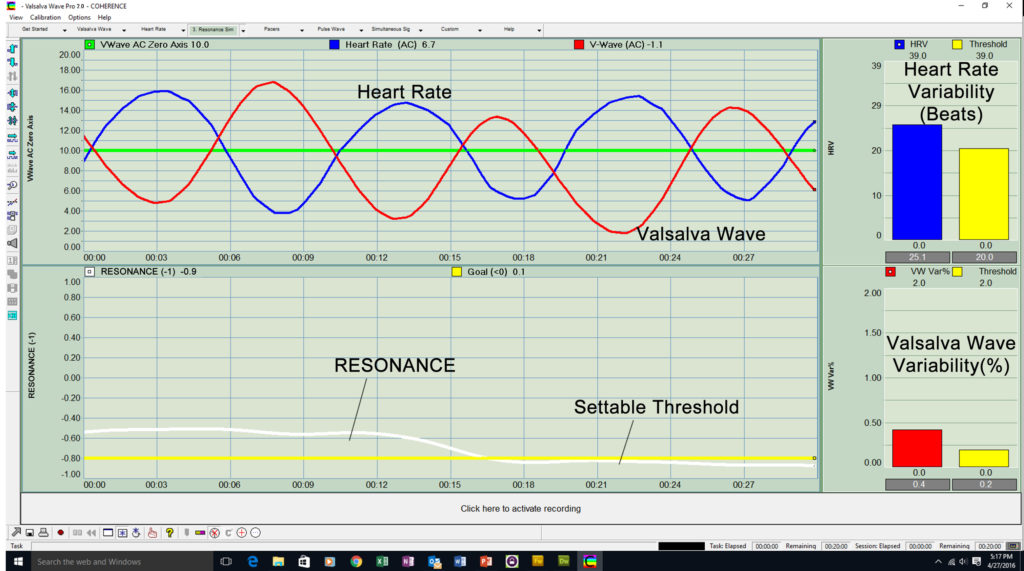

“The level of carbon dioxide (CO2) in our blood controls our breathing - not the level of oxygen (O2) in our blood.” However, if the CO2 content in the air were to increase sharply, we would gasp for breath, even if the air would still contain more than enough oxygen! Suppose the oxygen were to disappear from the air, then we would not gasp but we would become sleepy. The satisfied feeling after breathing actually comes from removing CO2.” “Our breathing reflexes are not controlled by the oxygen content, but by the CO2 content in our blood. But this is where the contradiction begins. It seems that this fulfills our oxygen needs. We have the feeling that we take in a lot of oxygen when we take a deep breath. The two main functions of breathing are: 1) to oxygenate our cells and 2) to remove carbon dioxide (CO2) from our system. On this he based a method that has been used by the Soviet government for many years, including in the space program.īuteyko has discovered a lot and achieved a lot and the beauty of it is that everything can be traced back to a few simple principles. Buteyko has conducted extensive research into the relationship between breathing and health. Heart Coherence is inspired by David O'Hare's book Maigrir par la coherence cardiaque and the groundbreaking work of Ukrainian Dr. This directs the heart to the brainstem to produce 'soothing hormones'.” The variations in our heart rhythm then synchronize with breathing and this creates heart coherence. “We can easily break this process with a consciously chosen regular and calm breathing. This can ultimately lead to a strong accumulating effect. If there was something wrong with our breathing, if a bad habit of breathing had developed, then every breath has something of a negative result - day and night.

We always breathe, day and night! This shows how closely breathing is literally minute by minute with our quality of life. This further supports the fastest possible recovery of the client with PTSD.īreathing is next to the heartbeat the most fundamental activity of our system. Moments of rest, on the other hand, support the immune system. In this way, stress continues to feed itself endlessly. The heart gives the signal to start producing the hormones associated with stress, which make us restless and tense. Under stress, heart rhythm variations are very erratic. 'Acceptance' arises on a cellular level and this makes the person (much more) accessible and at the same time receptive to the change. This in itself is quite understandable, because when the heart is 'okay' with the change, security is created with regard to the change. It has now also been shown that every change a person wants to make must first of all go through the heart and be 'approved' there – a good feeling about the situation. Safety is extremely important for all kinds of processes in the body. This perception that leads to thoughts and ultimately behavior. In other words, the heart communicates the person's 'status' to the brain, after which the 'status' in the brain is translated into a value judgment based perception.

If the variations in our heart rhythm are very regular, the heart signals the brainstem to produce hormones that make us feel good and relaxed.” “Our heart is therefore the conductor of the autonomic nervous system that regulates all subconscious processes in our body. We already know that the heart frequency is many times higher than the brain frequency and also that the information supply does not go so much from the brain to the heart but the other way around. We have had a good understanding of brain frequency for years, but research into heart frequency is still in its early stages.

The United States of America-based Heartmath Institute has been researching the heart and its influence on human physiology and well-being for decades, including heart rate specifically.


 0 kommentar(er)
0 kommentar(er)
